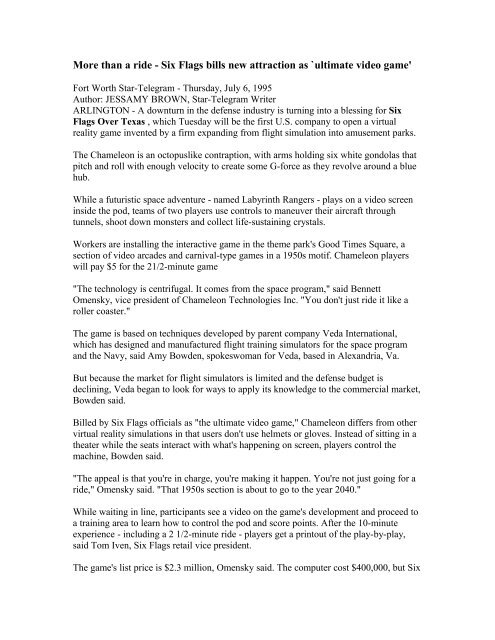
In the last round of evaluation, RK&A tested the games using a combination of multi-touch and projection technology that closely mirrored the final simulation environment. In the next two rounds (alpha and alpha prime), RK&A tested the games on touch-screen monitors to explore each game’s functionality as well as youth’s motivations and learning, including a badge system aimed at rewarding youth’s energy-efficient choices. In the first round of evaluation, RK&A tested three-dimensional paper prototypes of each game to explore middle-school youth’s understanding of the concepts presented. Each round of evaluation explored unique issues relevant to a particular design phase.


Primarily middle-school youth (home-school groups, etc.) tested the simulation, as they are the target audience for Future Energy Chicago. In the games, players have to make decisions that challenge them to think about energy production and usage, and they receive badges as rewards for selecting energy-efficient choices.

In the simulation, up to five teams of middle school youth compete when playing five media-driven games: Future House, Future Car, Future Neighborhood, Future Power, and Future Transportation. Between 20, RK&A conducted four rounds of formative evaluation of the Future Energy Chicago simulation for the Museum of Science and Industry (MSI) in collaboration with the design firm Potion.


 0 kommentar(er)
0 kommentar(er)
